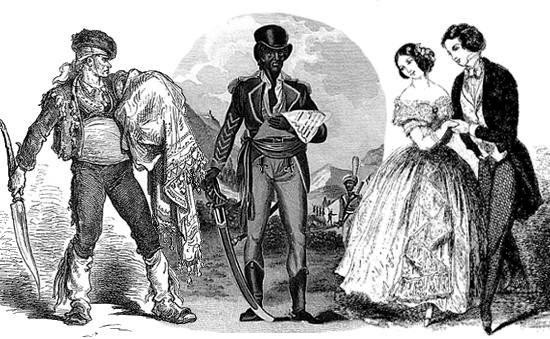Marked by its notorious anti-slavery character, the novel Sab, of La Avellaneda, has another singularity: it is possibly the first literary work with allusions to Indo-Cuban pictographs.
Gathered in a mural of more than 10 meters of length, divided into two sectors, and with a high degree of stylization in a type of border, the paintings were captured in the caves of María Teresa, currently located in the protected area of Limones- Tuabaquey, Sierra de Cubitas, in the north of the province of Camagüey.
The access to this hollow, at 120 meters above sea level, is one of the options of nature tourism in Limones-Tuabaquey.
One of the facets of the book, published for the first time in 1841 in Madrid, located the actions in the Sierra de Cubitas, of almost 60 kilometers long and the main set of elevations in the province, also the largest in the country.
That visit includes a tour to the cave, made by figures such as the slave mulatto Sab, who fell in love with Carlota, daughter of the master, and Enrique Otway, the girl´s boyfriend.
Gertrudis Gómez de Avellaneda describes the underground enclosure, but some descriptions are seasoned by literary fiction, and regarding the drawings she expresses, among other considerations:
“The natives highlight bizarre paintings designed on the walls of the cave called Maria Teresa with vivid and indelible colors inks, which claim to be the work of the indigenous people (…).”
The pictographs of the place are also the first scientific reference to Indo-Cuban drawings in the country, a fact revealed in the additional article to the notes for the history of Puerto Príncipe, included in the Volume IX of the Memoirs of the Royal Patriotic Society of Havana, printed in 1839, two years before the publication of the novel.
That publication circulated in all Spanish domains, so the news transcended the Cuban borders, a fact accentuated by its inclusion in the text of the intellectual, who was born in Camaguey in 1814 and died in 1873 in Spain, where his remains rest.
Although inserted in the context of the literary narrative, the reference to the mural in Sab became also a way of popular dissemination of the indigenous legacy, one of the unquestionable components of the Cuban culture.
There is a choreographic version of the novel created by Reinaldo Echemendía, director of the Folkloric Ballet of Camagüey, which was released by the company in 2014, the year of the centenary of the birth of the deceased intellectual, who was a narrator, poet, dramatist and journalist.
Translated into English by Ashley Rodríguez Pérez






